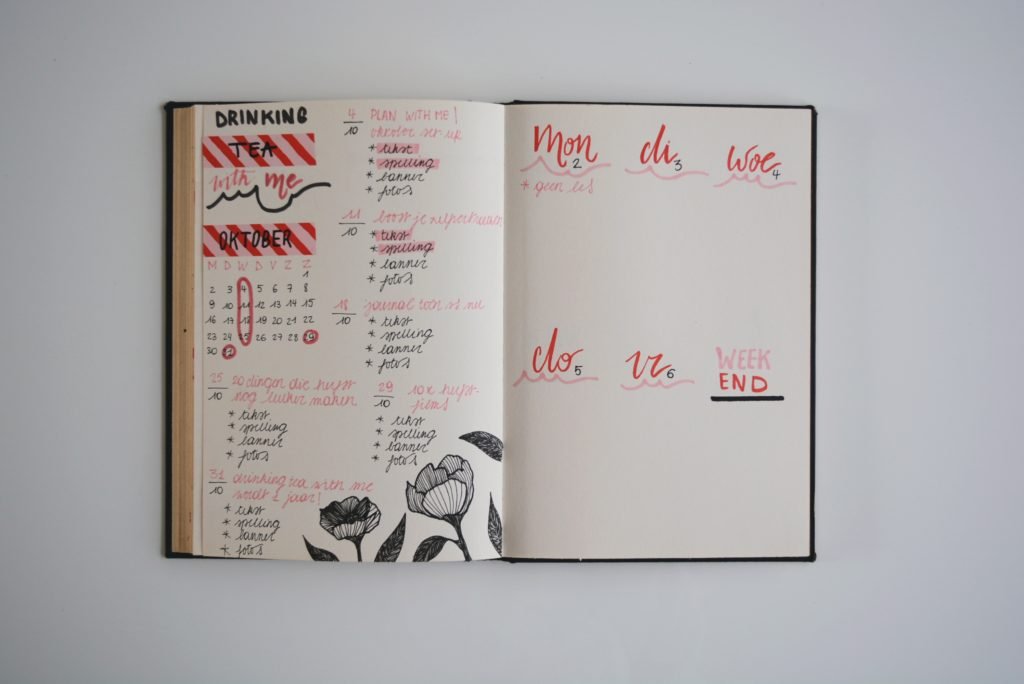Creative Journalling for Wellbeing
Embrace yourself. One pen stroke at a time.
Imagine you’ve had a tough day. One where everything that could go wrong, went wrong. One where you tried to hold it all together. One where you barely make it through. But you have no one to talk to or at least no one who understands your struggles.
Now imagine, there’s a safe space — where you can be vulnerable, open, and honest about yourself and your life. A positive place without criticism, judgement, or fault-finding.
That’s what a journal can be for you. It’s your map to coming home to yourself, in your own hands.
Maybe you’ve heard of journalling. Perhaps beginning to journal was even your New Year’s Resolution… But how do you actually…start? What do you…you know, write? How do you face the blank page, and what all the emotions it brings up for you?
Creative Therapeutic Journalling
Introducing Therapeutic Creative Journalling™ — a self-compassionate, trauma-informed journalling style pioneered by psychotherapeutic counsellor and dedicated journaller, Grace Quantock.
It combines therapeutic writing, art journaling, and structured and free-writing journalling styles to help you develop your own organic journalling practice.
Therapeutic Art Journalling™ offers you a self-compassionate space you can access at any time. It’s a safe space where you can practice being more and more fully you.
We will answer your burning questions
What is journaling?
Should I do a bullet journal? Or do I mean a planner? Or a colouring book? Maybe hand lettering? Is a journal like a diary? A gratitude journal? A line-a-day journal? What’s the difference?
I started journalling but couldn’t continue. How do I start journalling again?
How will journalling actually help me?
How can I make time to journal? I’m so busy!
I don’t want to re-read my journal entries. Do I have to?
I never keep up habits, how can I make this work for me?
I hate my handwriting, how can I journal?
How can journalling help me?
How can journaling can help us:
Find a safe space to contain our emotions
Figure out decisions, practising discernment
Discover our voice and what is truly ours
Notice painful dynamics or patterns in which we are struggling
Create in a way that feels contained
Weed out the ideas and fears that are pushed upon us
Recognise where and how we need support
Practice mindfulness in a grounded, embodied way
Bring a writing practice into our self-care practice
Cope with a busy life and a busy mind
Manage medical appointments and new information
Resource ourselves after depleting times
Develop an accessible daily creative practice
…and so much more.

Therapeutic Art Journalling™
is like a cup of good coffee with a friend.
One who really gets you.
But it’s available anywhere, any time.
Even at 3am.
About your tutor
I’m Grace Quantock, a psychotherapeutic counsellor, writer, and workshop facilitator.
I’ve trained in workshop leadership with best-selling author and workshop leader Jennifer Louden.
My journalling practice has helped carry me through serious illness, grief, and pain.
I have studied therapeutic art; my practice is inspired by the work of Audre Lorde, Suleika Jaouad, Marion Woodman, Dr. Clarissa Pinkola Estes, Marlene Schiwy, Aviva Gold, and Cathy Malchiodi.
Book a Creative Therapeutic Journalling Workshop
Workshops are delivered via Zoom, check out the seasonal workshops and book a ticket here.








